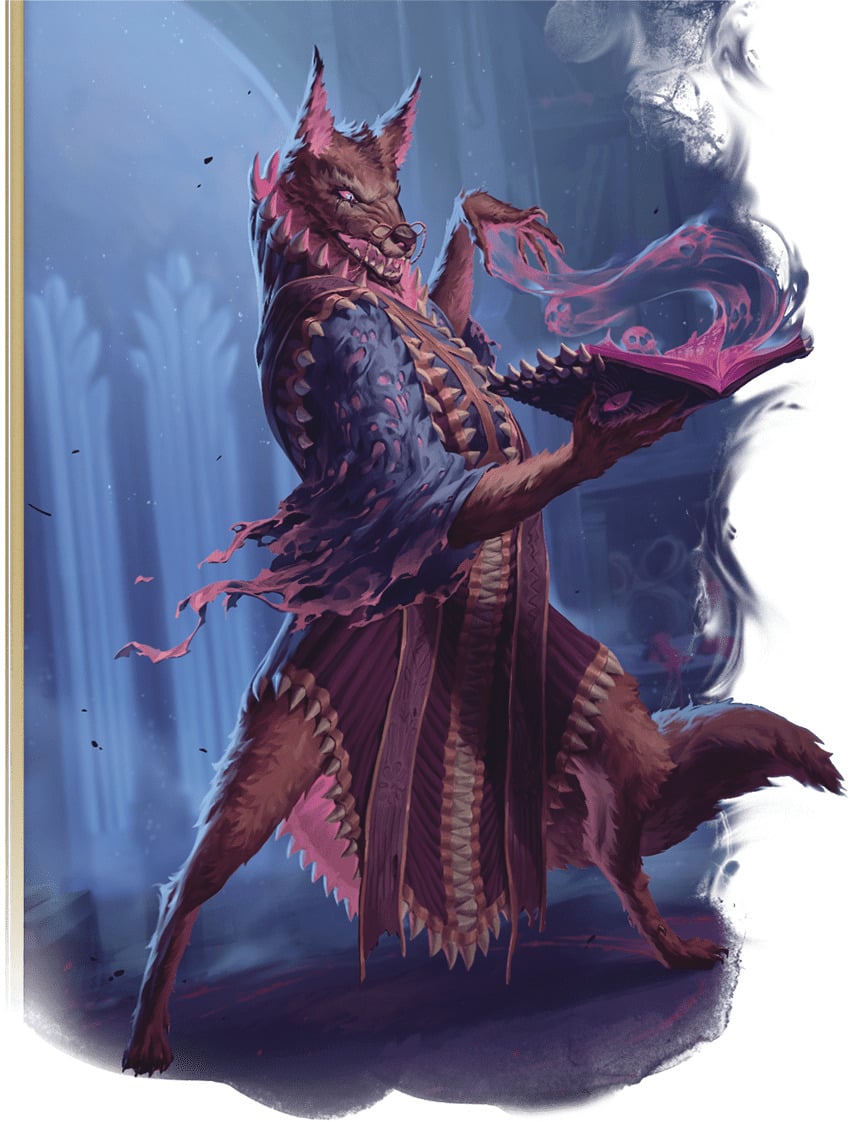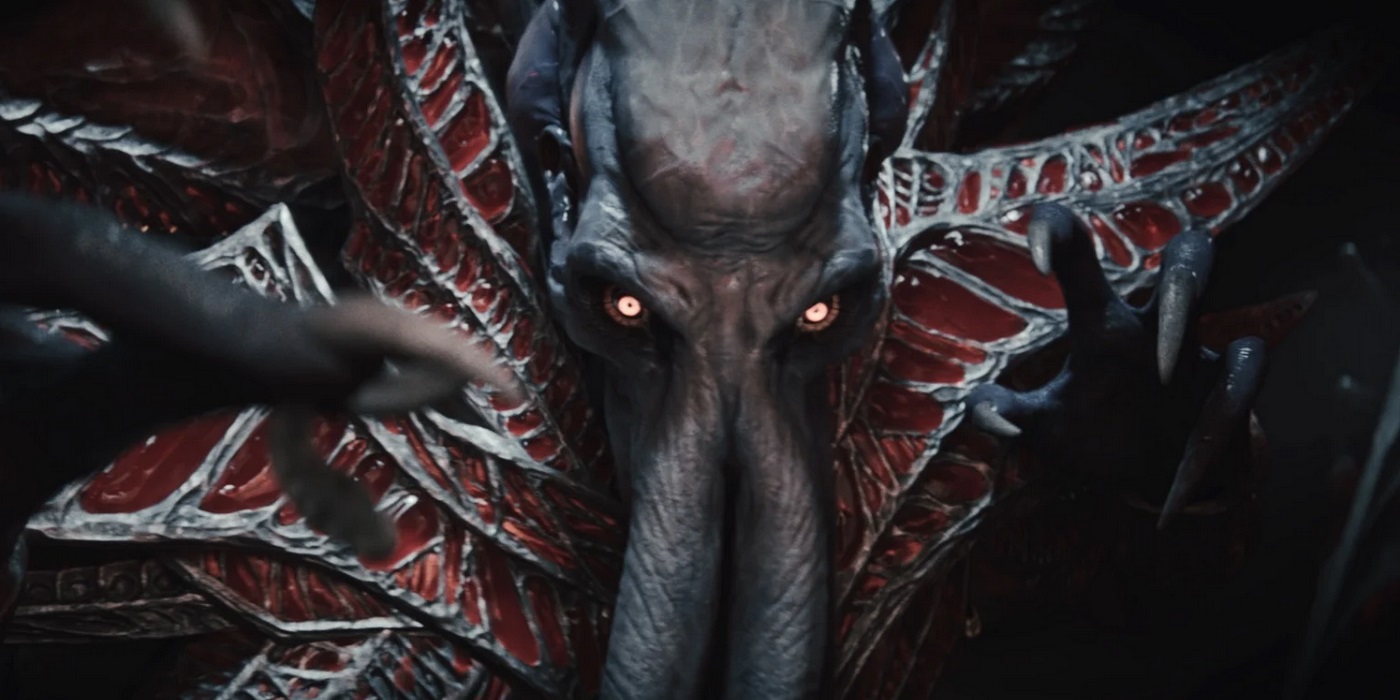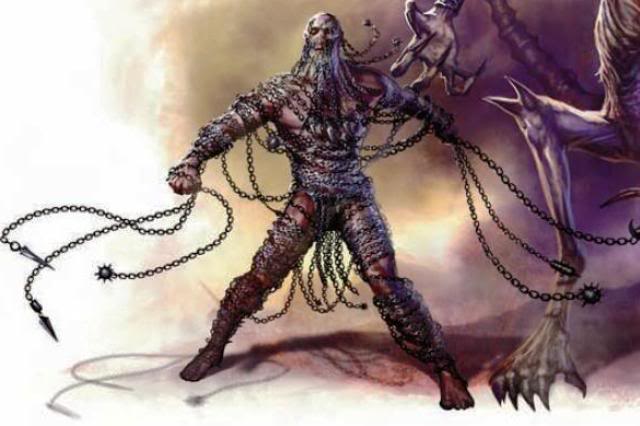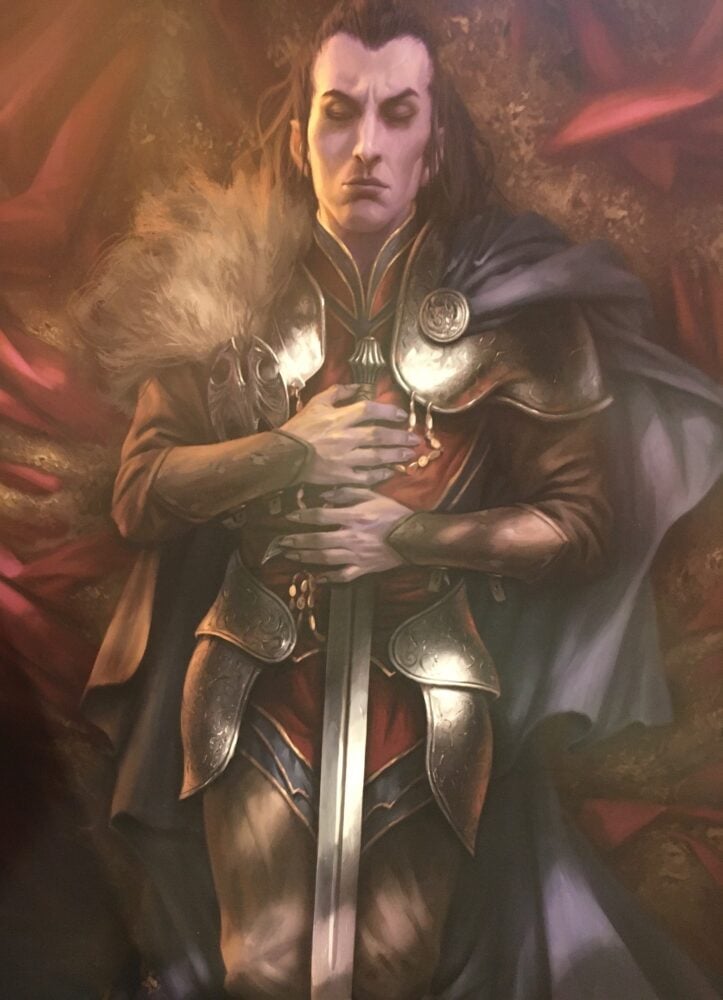A lot of success in D&D comes from afflicting your enemies with Conditions that are either harmful to them or beneficial to you.
Conditions got a little bit of an overhaul in D&D 5.5E. Now they more clearly specify what they do and don’t do. And in some cases, a few got buffed, making them a bit more potent when afflicted on your enemies. With all that in mind, here are a few Conditions you can use the next time you’re facing a tough fight.
Charmed

Charmed is a great Condition that a lot of different folks have access to in D&D. You might have it because of a class or subclass feature or maybe because of a spell. But either way, the Charmed Condition is a powerful defensive/control tool in battle.
When a creature is Charmed, they can’t attack whoever charmed them. Which means you can keep yourself safe from a dangerous enemy—this is helpful if you are particularly squishy—the Charmed Condition can be a good way to force a high-damage enemy to attack a harder target. Plus you get Advantage on Social interactions.
Stunned

Stunned is probably one of the deadlier Conditions out there. It’s harder to inflict, but it does shut down an enemy. While Stunned, a creature cannot take an action, bonus action, or reaction. Plus, all attacks against them have Advantage. And they automatically fail any Dexterity saving throw.
So when you have a creature Stunned, it’s the perfect time to hit them with an impactful Dexterity save. They’ll auto-fail and you can keep them hurting even after the Stunned Condition invariably wears off.
Restrained

Restrained is another more accessible Condition. A much wider variety of characters will have access to it. You can Restrain someone with the right equipment, even—so grab some rope or manacles or the like and you can inflict this on an enemy in the right circumstances.
Restrained gets you a pretty hefty bang for your buck. In some ways it’s more controlling than Stunned, because it reduces an enemy’s movement speed to 0 (while a Stunned enemy can still move their full speed). But they can still act—they just have Disadvantage on all attacks, while attacks against a Restrained target have Advantage. And they won’t auto-fail Dexterity saving throws, but they do have Disadvantage on them. So again, not a bad time to pile on other effects.
Exhaustion

Exhaustion can be downright deadly if you can pile enough of it on a single target. Though this is probably the hardest status to inflict out of all of them. There’s a reason for that. Exhaustion can be absolutely devastating. Your target takes a -2 penalty per Exhaustion level from any attack roll, saving throw, or skill check. They also take -5 feet from their speed per level of Exhaustion. And at 6 levels of Exhaustion a target dies. No ifs, ands, or buts.
Unconscious

Finally Unconscious. A Condition that can be absolutely game changing in the right circumstances. And it’s a Condition that can come from nothing more than a 1st-level spell – or higher level ones, too. An Unconscious creature is especially vulnerable.
First of all, any attack that hits, automatically gets upgraded to a Critical Hit. If you know you can guarantee a Crit, that’s the perfect time to lay in with your most powerful attacks – Paladin Smites or Rogues with Sneak Attack or anything else that adds a bunch of dice to the damage roll.
But they also fail any Strength or Dexterity saving throw, so there’s another opportunity to layer on more spells/effects, and the Unconscious creature is also unaware of its surroundings, which can help you get away with all sorts of other things.
Happy adventuring!
Don’t Miss:
Read more at this site
